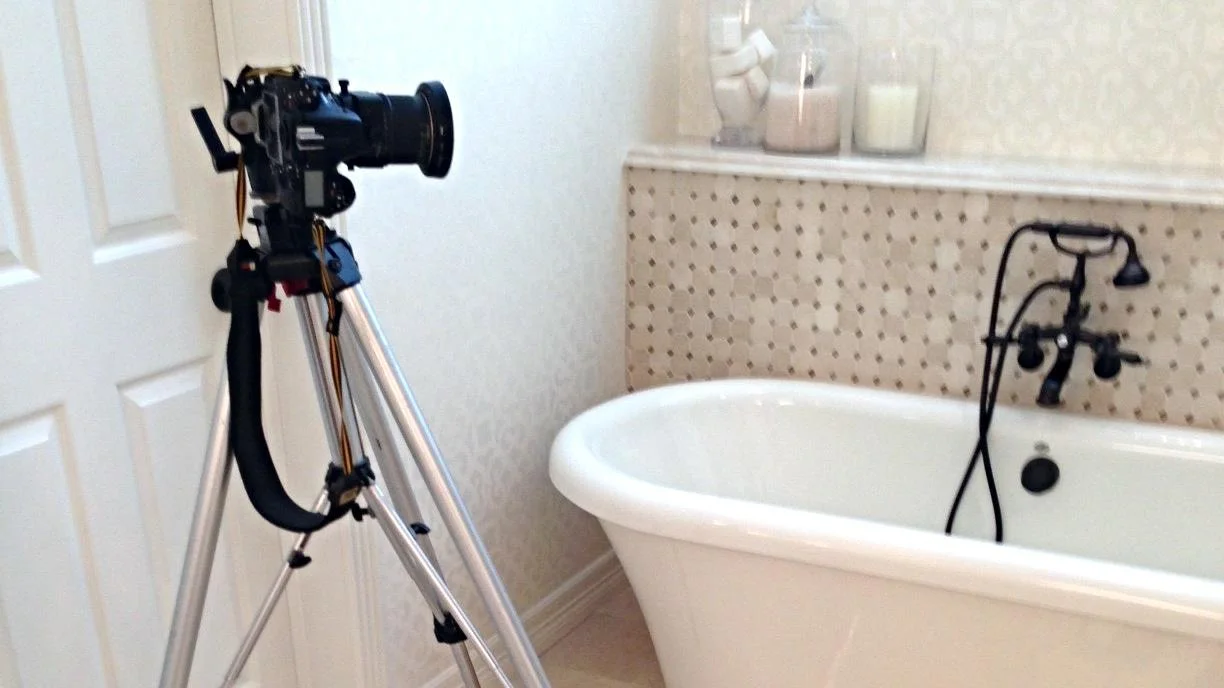One of the tools that some designers use with clients is shopping trips.
But it isn’t my go-to method for selling a client on a design.
One of the reasons I write this blog is to help people (future clients) learn to trust me. I want to be open about the process, the reasonings behind the decisions, and my knowledge of how I apply the elements of design to create a space. I want people to see how we come to a result, be comfortable with the process and well, trust me.
I use many tools in order to gain that trust. Presentations, digital storyboards, drawings, samples, etc. are used to show representations of what your space will look like. We can use many on a project or we don’t have to use many at all.
The more tools that have to be applied to make someone feel comfortable, the more expensive the design process becomes.
Especially if I am billing hourly, the more time it takes me to get someone to a decision, to approval, the more time they will be billed. And if it takes more hours, that’s okay if I’m getting paid for it. I want clients to be comfortable with their decisions, because with custom work, there aren’t any take backs.
The last tool out of the box, is shopping with a client.
Going with a client to a showroom dramatically eats up time on a project. Physically shopping for anything takes more time and yields less results than any other method of selection of goods.
Even in a huge showroom with rooms of furnishings, the particular product available from the manufacturers of those products represented is always much greater than what’s available on the floor. The combinations of customization of every product, finish, fabric, detail, can render even more possibilities.
Finding that exact sofa in the exact fabric with the exact right construction and detailing you want on a showroom floor is next to impossible. We can walk all day and never come up with the right piece. It’s a random way to go about finding pieces for your project and wastes tons of time. Time you’re paying for.
It’s kind of like wandering into a grocery store without a list or any idea what you want to make for dinner next week. It’s likely you’ll come out missing a few things or get caught up in some impulse buying.
However, some things have to be purchased on a shopping trip.
Antiques, found objects, natural stone for countertops, etc. are some things that are really best purchased on the hunt, in person.
We understand when clients want to sit in a sofa or chair too. It might not have the exact leg or arm or back, but if we can find it with the way-it-sits on a showroom floor, we like to have our clients do that before they buy.
With situations like this, we pre-shop, because we can be faster and more effective and not get off track. We are disciplined about what we are looking for. We typically know what many showrooms have and can even contact sales reps to see what’s on the floor, etc. and make our shopping quicker and more efficient.
Then, we schedule a time to meet a client at the showroom, view and discuss the options, hopefully they approve, and then we’re done. The process is designed to expedite decisions and help the client get exactly what’s best for their project.
Because the minute a client walks into a showroom with all kinds of different products in their view, they can get off track. Many clients I’ve had want me to just direct them to the proper item and then let them go view it on their own. I don’t do that with my projects.
We make a time and meet them there. Most showrooms prefer that, even require it, and believe me, it helps. There are just too many opportunities for a project to become derailed this way and in order to do my job and manage the vision we are creating, I have to be a part of that process.
Shopping in the manner I’ve mentioned above is part of what a bespoke design business offers:
A focus on the needs of the project with a succinct process to get the job done.
With all the parts and pieces that go into a whole project with all the different sources from which they come, good management of that process can keep design fees in check and can keep a project on the right track with a single vision remaining in focus. That’s what you’re paying for when you hire a designer.
Are you an interior designer and need a little business info on how to make money fast? I've got just the thing for you, to click on below.





